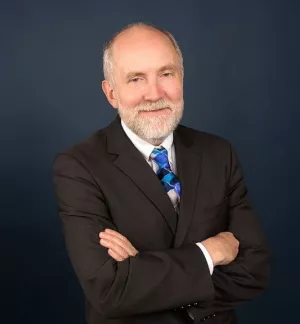This week, leaders or senior officials from 54 countries and four international organizations met in Seoul, South Korea for a summit on keeping nuclear weapons and their essential materials out of the hands of terrorists. Today’s terrorists have global reach, so that mission rightly requires a broad international effort. But the United States and Russia possess 95% of the world’s nuclear weapons and most of the world’s weapons-usable nuclear material, and so bear a special responsibility for preventing nuclear terrorism. Unfortunately, both countries missed an opportunity in Seoul – neither committed to major new steps to strengthen nuclear security at home beyond the steps they were already taking, nor did they announced any new joint initiatives. That must change.
Russia has the largest stockpiles of nuclear weapons and weapons-usable nuclear material in the world, located in the largest number of buildings and bunkers. Most of the known arrests related to theft or smuggling of highly enriched uranium (HEU)—the easiest material for terrorists to use to make a nuclear bomb—have occurred in Russia or in nearby countries, including the arrest last year in Moldova of a gang of HEU smugglers allegedly working for a Russian businessman. Having recovered from the chaos following the collapse of the Soviet Union, Russia has dramatically improved security and accounting measures for its nuclear weapons and materials, with billions of dollars of U.S. help. But weaknesses remain. In the United States, a U.S Air Force flight that unknowingly carried six live nuclear weapons across the country in 2007 made clear that improvements are needed at home as well.
Read the whole article at TIME.com: http://ideas.time.com/2012/03/30/a-blueprint-for-preventing-nuclear-terrorism/
Bunn, Matthew and Eben Harrell. “A Blueprint for Preventing Nuclear Terrorism.” TIME / time.com, March 30, 2012







